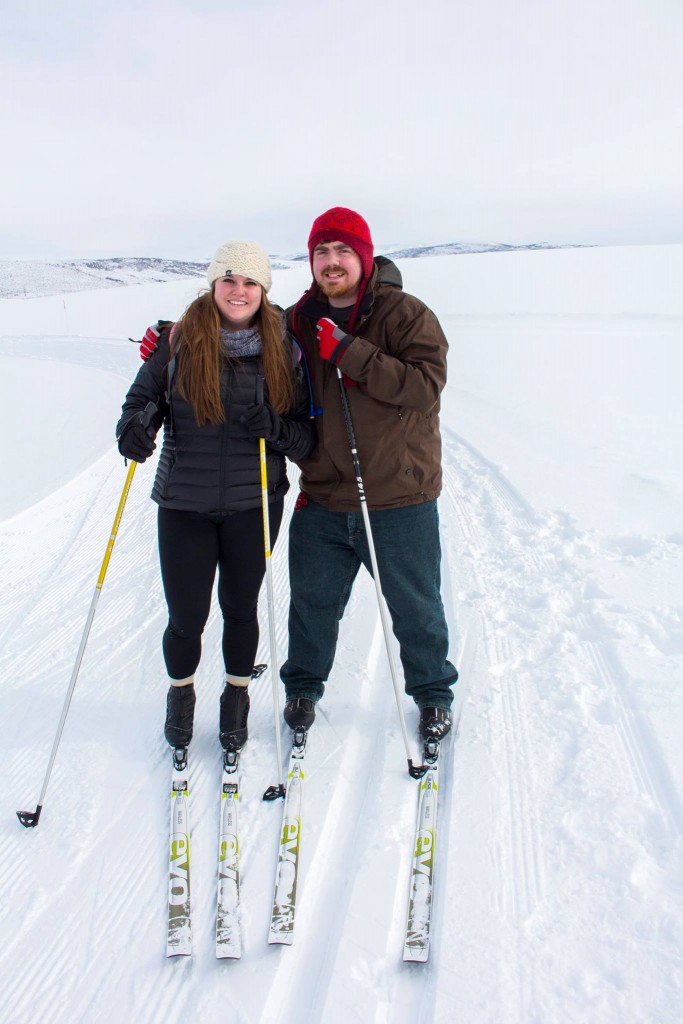This past weekend, I decided to give cross country skiing another try. It snowed on Saturday, and I was just dying to get out there and enjoy it. Plus, I hate feeling cooped up in the house all weekend. The winter seems to do that to me.
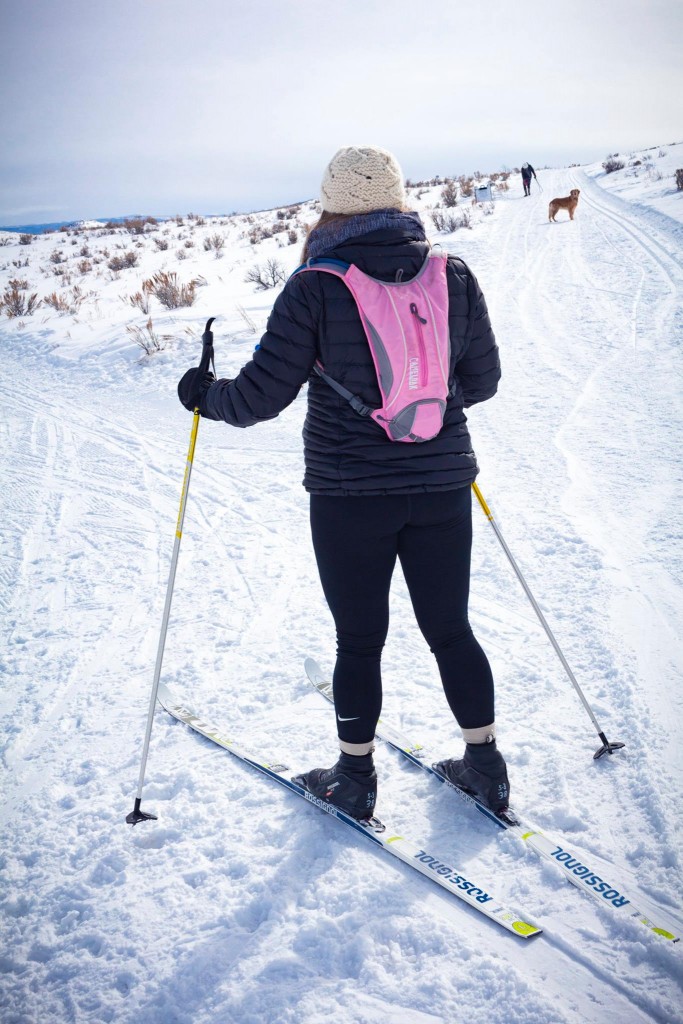
I had heard there were some spots to go in Park City, which is pretty close by so we picked one of the popular beginner areas, Round Valley. I also looked into rentals at REI Salt Lake City– They were $14 for members for a day rental of skis, boots, and poles. Great deal and much cheaper than downhill skis!
For clarity, I am discussing cross-country skiing or classic skiing in this post. 🙂
Benefits of XC Skiing
Did you know that classic cross-country skiing burns an average of 475 calories per hour?!
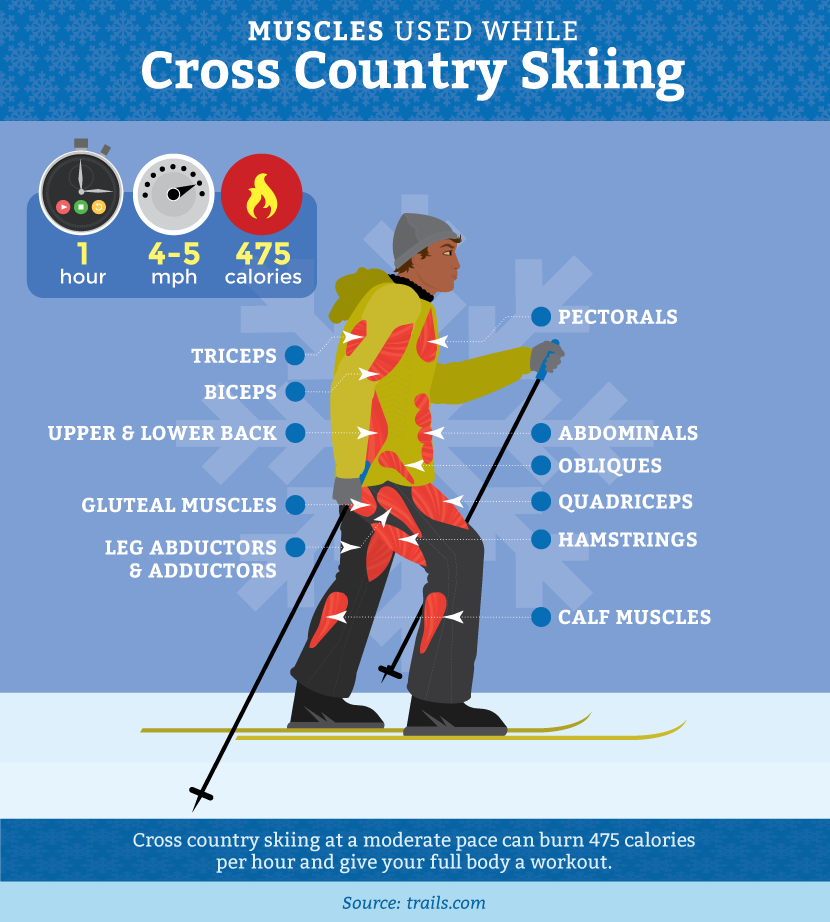
(Source)
Depending on your speed, terrain, and weight, classic skiing can burn as much or more calories than your typical gym-equipment. As an added bonus, you can’t beat that view and fresh air.
This is a full-body cardio workout and great for the joints as well. While it has a similar motion to running, the glide of your skis on the snow actually significantly reduce the impact to your knees and precious joints. It’s also lower risk than downhill skiing since your heels are freed, and you’re less likely to twist something.
Pack Your Gear
Skiis: The skis for cross country skiing (or classic skiing) are typically more narrow than downhill skis. I also noticed they are also quite a bit lighter! At REI, they had a guide to help pick the correct skis for your height and weight.
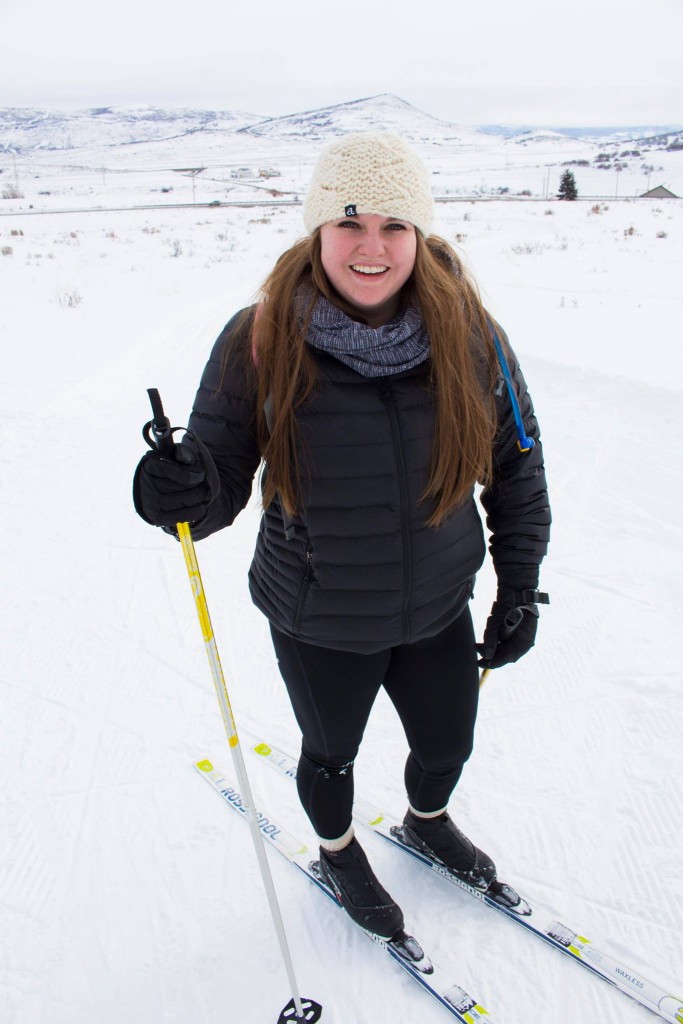
The basic guidelines are…
Your Height in Inches x 2.6 + 15 = Approximate Classic Touring Cross Country Ski Size
| Ski Size | Skiers Weight (Lbs) |
|---|---|
| Small (160-165cm) | <140 |
| Medium (170-175cm) | 132-185 |
| Large (180-185cm) | 176-209 |
| X-Large (185-195cm) | >209 |
(Source)
Boots: Classic touring boots will work for anyone who is just looking to venture out onto the groomed tracks. REI suggests to look for a “combination of flexibility for striding and torsional rigidity for turning and stopping.” The boots were fitted to my normal street shoe size, and fit true to size (in my case). They went up to my ankle or so, and had lace covers that zipped up to cover everything into a nice, compact package.
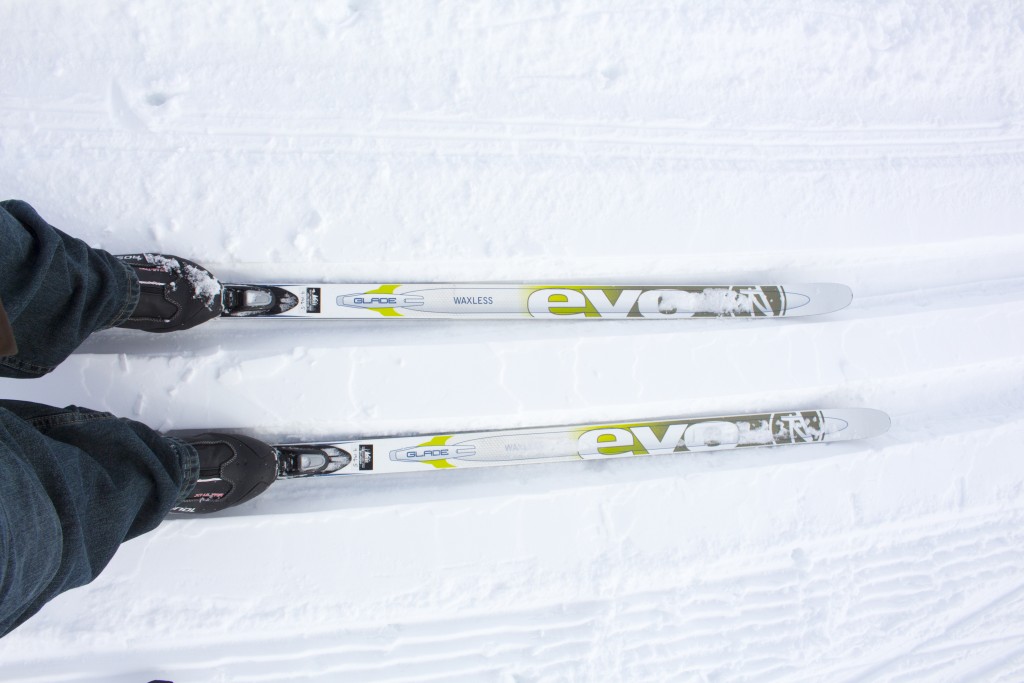 Poles: The poles should go up to armpit to mid-shoulder. The poles are especially useful for planting and helping pull you uphill portions. This is why they should be a decent length to get that reach in while you are moving forward.
Poles: The poles should go up to armpit to mid-shoulder. The poles are especially useful for planting and helping pull you uphill portions. This is why they should be a decent length to get that reach in while you are moving forward.
Clothing: As with any winter activity that gets your heart pumping, remember to keep a balance of warmth and wicking. Wear a base layer that wicks sweat away plus multiple lighter layers that you can shed as your heart rate increases.
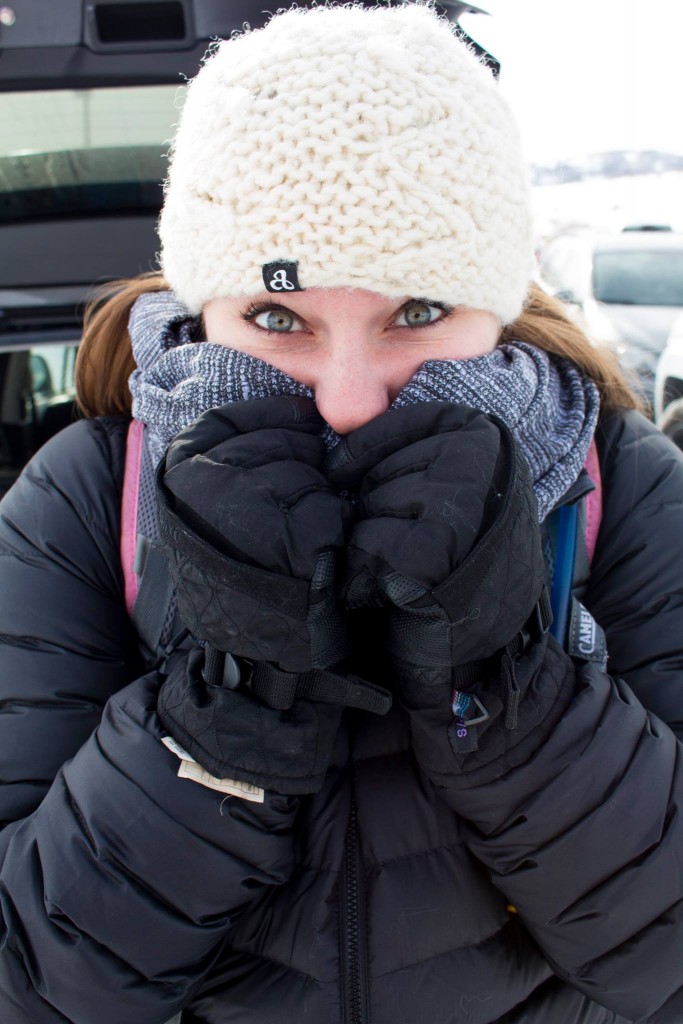
Upper body: I wore a short sleeve tech shirt plus one down jacket. I also brought a thinner technical jacket layer that zips up, and I wish I worn that instead of my thicker jacket. I also wore a warm hat and my favorite Vinyasa Scarf from Lululemon! Don’t forget the gloves to keep your fingers warm.
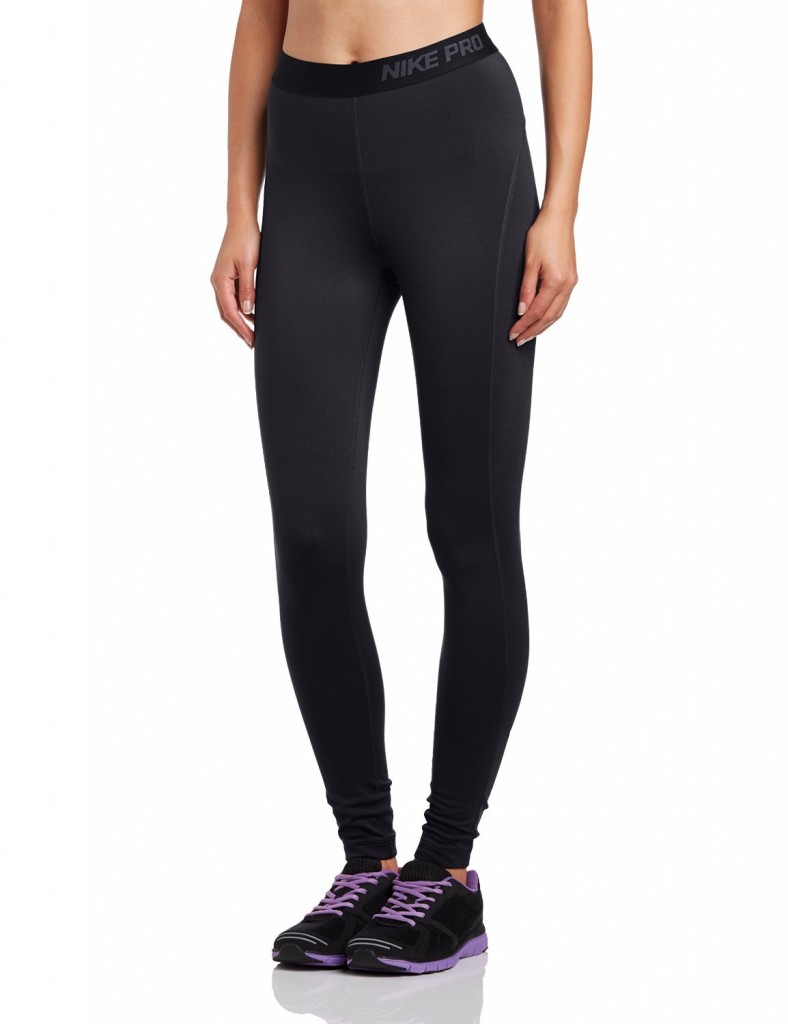 Lower body: On the bottom, I wore Nike tights specifically meant for cold weather workouts.My toes have been on the struggle bus in this cold weather, so I wore SmartWool socks, and they were cozy as can be. They kept my feet warm, but not hot and sweaty. They were the perfect fit for me.
Lower body: On the bottom, I wore Nike tights specifically meant for cold weather workouts.My toes have been on the struggle bus in this cold weather, so I wore SmartWool socks, and they were cozy as can be. They kept my feet warm, but not hot and sweaty. They were the perfect fit for me.
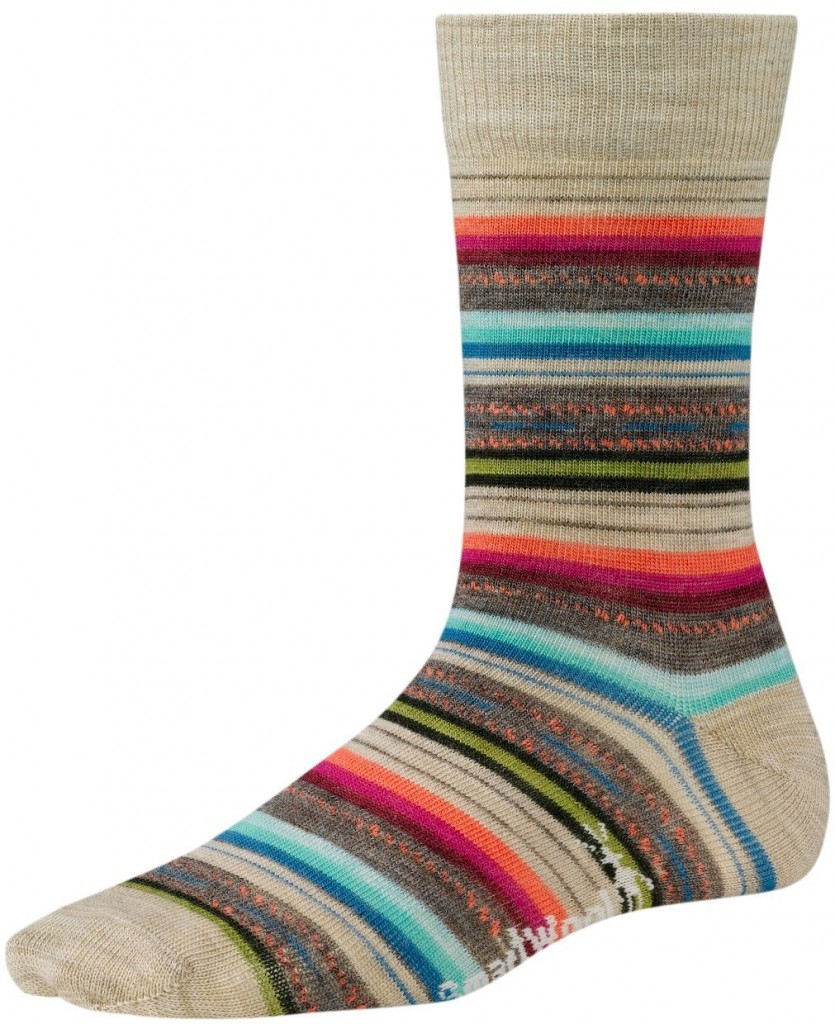
Where to Go
If you live in a winter climate, there are probably plenty of options for ski trails in your area. In the Salt Lake area, there are many.
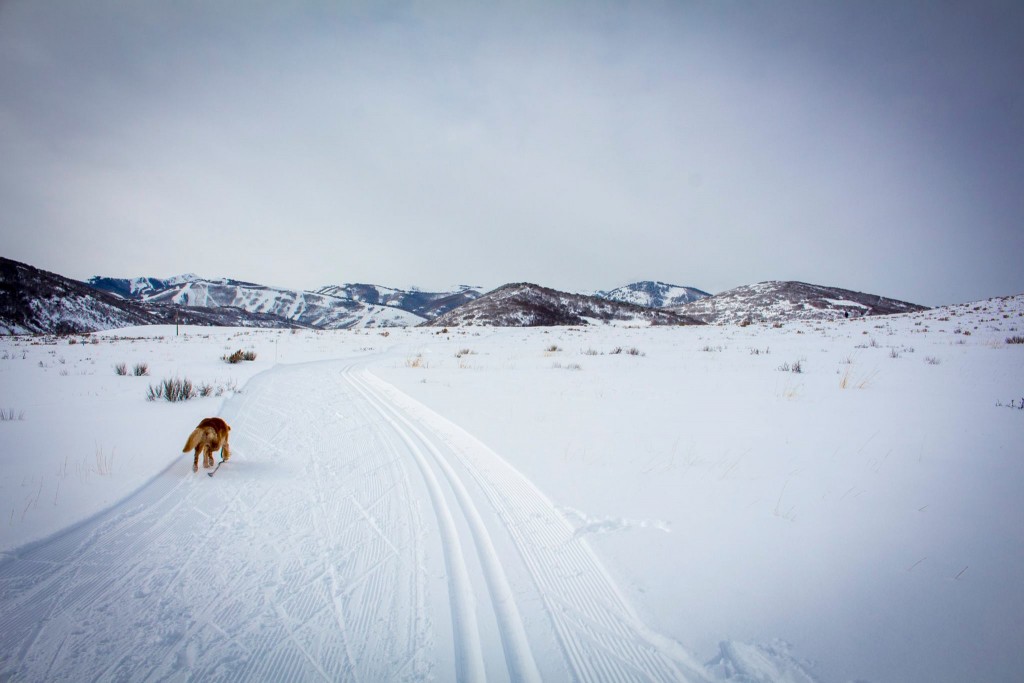
These are some popular spots you’ll find cross-country skiers:
- Soldier Hollow (Midway)
- Mountain Dell (Parley’s Canyon)
- Round Valley (Park City)
- Millcreek Canyon (Salt Lake City)
- White Pine Touring Center (Park City)
- Solitude Nordic Center (Salt Lake City) (Trail names and distances here)
A valuable resource for Utah Nordic trails is this website for The Utah Nordic Alliance!
We went to Round Valley in Park City, and just looked for easier trails. The great thing is that you can go as far as you want and turn around.
Get Out There!
Cross country skiing is a little weird. I would describe the motion as “running-lunging-pulling-gliding-skating-bouncing”… obviously, there is a lot happening at once. As a Floridian, I compare winter sports to sports that are familiar to me. The closest comparison is roller-blading and running.
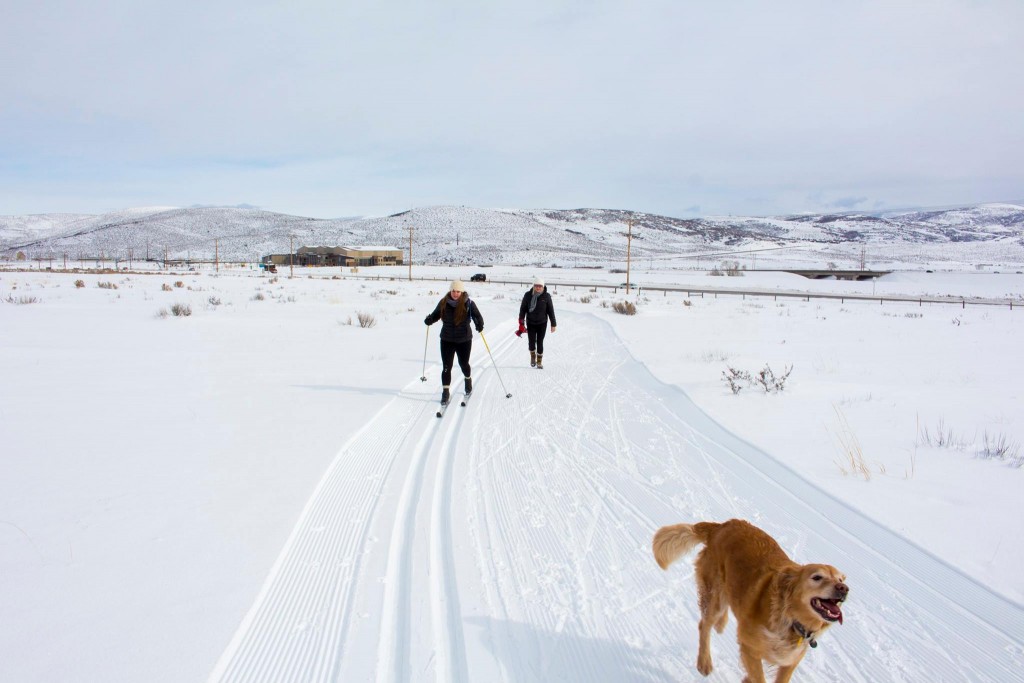
I am by no means an expert cross country skier, but I did pick it up pretty quickly.
The tips I have for beginners are here:
- Find your rhythm. In order to get going, you have to get your rhythm going. It helped for me to say either in my head (or out loud ;)) “1…2…1…2…” as a way to get my feet going left, right, left, right. Stopping and starting ended up making it harder than it needed to be.
- Use your poles. If you plant your poles basically as far as you can reasonably reach and pull yourself as you glide along the track, it helps you go faster, further and keep your rhythm. Remember, this is a full-body workout! My arms and legs were sore the days after I went.
- Don’t be afraid to pick up those heels. In cross-country skis, you are not attached at the heels like you are in downhill or alpine skiing. As someone without a lot of practice, I was hesitant to pick up my heels because it felt a little awkward and I was worried about losing my balance. But, for me to get into the rhythm, I had to pick them up in order to glide.
- Lean forward. I have something embarrassing to admit. I fell within the first minute of being in the skis. Want to know why? I leaned back. In order to stay on your feet, I recommend leaning forward as a way to keep your momentum moving forward and your balance in tact.
- Don’t be afraid to fall. With the previous point being made, it’s okay to fall. You’ll get back up and keep going. End of story! I tend embrace my novice status, and laugh at myself when I make mistakes. It makes life more fun, and I suggest you do too!
- Keep your skill level in mind. We went for about an hour, and felt like that was a sufficient workout. If you’re doing an out-and-back course, remember that however far you go out, you’ll need to come back as well, especially if there is an uphill or difficult part on your way back.
